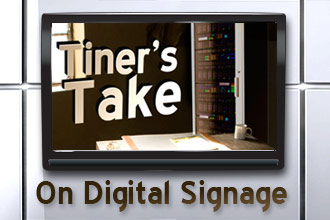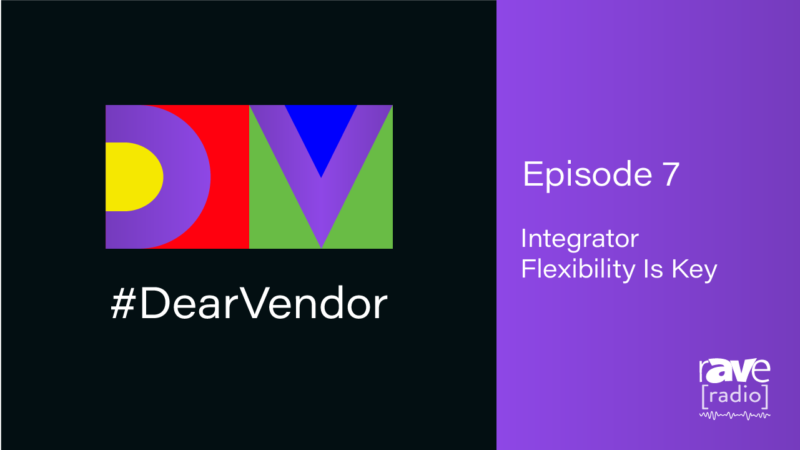Strategy Matters
 We installed our first digital sign at Bates College over 12 years ago. About seven years ago we installed a server based system and the signs have continued to spring up around campus. Bates is a environmental-friendly institution and one of the questions we get asked is how much power it takes. We also often get asked about the administration and maintenance of the signs. However, the question I get asked the most is, “Why did you put that monitor on the wall?”
We installed our first digital sign at Bates College over 12 years ago. About seven years ago we installed a server based system and the signs have continued to spring up around campus. Bates is a environmental-friendly institution and one of the questions we get asked is how much power it takes. We also often get asked about the administration and maintenance of the signs. However, the question I get asked the most is, “Why did you put that monitor on the wall?”
Our typical answer is: “Because someone asked us to.” In all seriousness, that is our answer.
Whether that should be an acceptable answer in higher ed is a debatable question. Certainly we can not always determine the return on investment on a product as easily as a for profit firm. However, many would argue that unless you find ways to determine ROI, you are simply throwing money away.
In the case of the commercial business, that would by no means be an acceptable answer. Individual digital signs can cost anywhere from $1,000 to $4,000 not including maintenance and upkeep, along with the time spent creating content for the sign. How do you know if that investment is paying off? When sitting around an airport, or a hotel or a mall, I pay attention to the signs and see what they are advertising and how people are responding to them. A lot of times they seem to be ignored.
So, what are the steps in supporting your customers to make a good decision and then be able to learn and grow from that decision? The first step is to confirm that your customer has a strategy.
- Why are they putting up the sign?
- What do they hope to accomplish from it?
- How will they know if they have accomplished their goal?
- What is the plan to change tactics in case the first reports are that the sign is not accomplishing the goal?
I think that many integrators are nervous to do this with their customers. They are afraid that it is not their role, or expertise to deal with the strategy of a commercial business they are working with. Also, let’s face it, it is hard not to grab the money and do what they asked. However, if you are looking at the long term prospects of this customer, then it makes sense for you to sell a product that will be a success. Whether it is one sign initially, or ten, successful systems tend to grow, so there is potential demand for your services in the future.
Your customer could have a variety of reasons for putting up a digital sign. It may be direct marketing of a particular product, it could be going outside the store to direct attention to a lost leader inside, or it could be simply informational for their customers. Once you and your customer understand the strategy, then you can start thinking about the best location for the sign, with strategy in mind. If your customer is inside a mall and wants to increase foot traffic, then obviously and external, or window based install is the right location. However, if they are a health store inside the mall, and their strategy is to highlight specific products inside the store (up-sell to a more expensive brand) then the clear placement of the sign is going to be inside the store next to where this brand is located.
The next step in the process of helping your customer is get them useful metrics on the system. For example, the store that is trying to increase foot traffic could put in a laser counter at the front of the store to determine if that goal is actually met. Or perhaps, they could reference on the sign a changing coupon code that people could use inside the store and their computer systems would indicate a customer who came in because of the sign. Next month we will look more closely at metrics and how you can help your customers with this tricky, but critical aspect.




